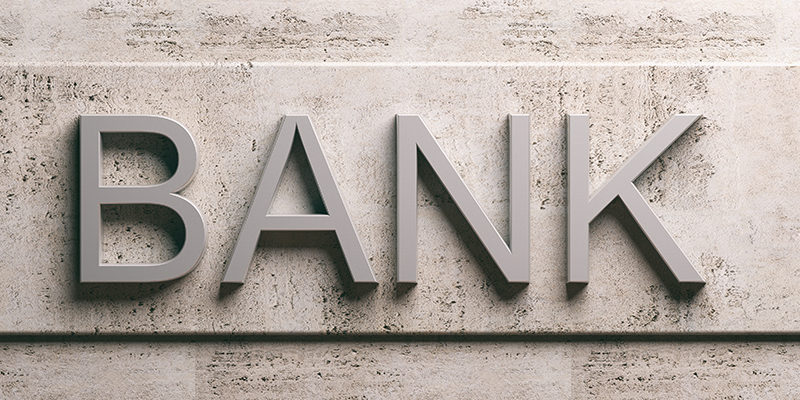RBI on Monday clarified on criteria for the Inclusion of Perpetual Debt Instruments (PDI) in Additional Tier 1 Capital under Basel –III capital regulations. The issue was examined by the regulator as ‘several banks have approached us to clarify the maximum amount of capital funds that can be raised overseas’ the circular said.
The Central Bank clarified that the “eligible amount” for purpose of issue of PDIs in foreign currency as per RBI Master Circular dated July 1, 2015, referred in this regard would mean that as of March 31 of the previous financial year, on the higher of:
(a) 1.5% of Risk-Weighted Assets (RWAs) and (b) Total Additional Tier 1 capital,
Not more than 49% of the “eligible amount” as above can be issued in foreign currency and/or in rupee-denominated bonds overseas, it is clarified.
For example, the RWA of a bank as of March 31 of the previous financial year is ₹ 1000 crore and the bank did not have AT1 capital in the previous year. In this case, the bank can raise the Maximum amount of AT1 bonds in foreign currency and/or in rupee-denominated bonds overseas can be 1.5% of ₹ 1000 crore equals Equals ₹ 7.35 crore (49% of 1.5% of ₹ 1000 crore) in the current year.
Illustratively if the bank had AT1 capital of ₹ 50 crores as of March 31 of the previous financial year, it means the bank has more than 1.5% of RWA (because 49% of ₹ 50 crores i.e. ₹ 24.5 crores). In that case, the bank cannot raise the further amounts of AT1 overseas.
Banks are required to maintain a minimum Pillar 1 Capital to Risk-weighted Assets Ratio (CRAR) of 9% on an on-going basis (other than capital conservation buffer and countercyclical capital buffer etc.). From a regulatory capital perspective, going-concern capital is the capital that can absorb losses without triggering the bankruptcy of the bank. Gone-concern capital is the capital that will absorb losses only in a situation of liquidation of the bank.
The Risk Weighted Asset (RWA) is a measurement designed to evaluate the element of risk involved in each asset held by the bank. For example, Cash held by the bank is an asset with zero risks, whereas other assets of the bank such as loans and advances, guarantees, etc., are vulnerable to the risk of default. Thus, such assets are called risk-weighted assets. Banks make provisions on those risk-weighted assets to meet future unforeseen losses. To know more, read the below post.





